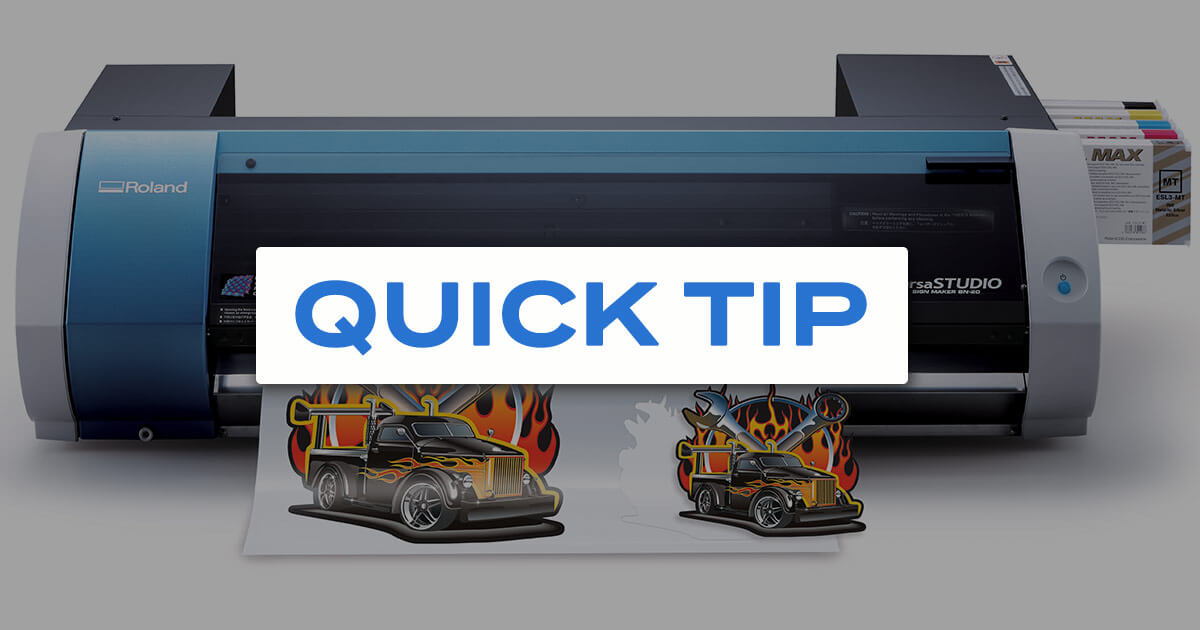


Transport controls on a MIDI keyboard would put these necessary buttons within much easier reach when I'm set up for tracking vocals.

Hhow to make thr graph bigger on roland cut studio tv#
When I recorded vocals, I used to put my Steinberg CC121 controller on a TV tray and scoot it next to my microphone stand so I could toggle cycle mode and re-record takes without knocking over the microphone or getting tangled in headphone and mic cables. Requirement: Something that provided some level of DAW control- especially transport controls.Straight-up MIDI controllers don't have on-board sound, so I started to look at synthesizers, stage pianos, and workstation keyboards. I wanted to be able to work out melodies or chords quickly without having to fire up Cubase and open a DAW project. Requirement: Something that could make sounds of its own.But the more I looked into existing keyboard controllers, the more I realized there were a number of other things I was looking for as well: My primary reason for wanting to expand from a 49-key to a 61-key controller was to avoid the frequent octave transposing that I had to do on smaller keyboard controllers whenever I used Kontakt instruments or drum samplers that have a GM drum layout. Of course I immediately filled the new-found space on my desk with a luxurious Roland FA-06 Music Workstation.īut, you might ask, why did I choose a full-on workstation instead of just a nice MIDI Controller with Cubase integration, like the Nektar Panorama or Roland A-800PRO? Well, that's what the rest of this post hopes to answer.I also got some mounting hardware to hang my 7-port USB hub to the wall, hidden behind my right-most monitor, leaving my desk completely empty, except for my MOTU Track 16 audio interface.My monitors all have recessed mounting slots that required longer screws than were included with these mounts, and I used the washers as spacers to result in a tight fit.) (A note on both models of Cheetah wall mounts: In order to fasten these to my three Dell monitors, I had to pick up some 20mm-long M4 machine screws and matching washers at a local hardware store. I also got a different Cheetah wall mount for the new monitor, since it was in a corner and needed to extend further than the other two.Another advantage of the S2415H is that it has built-in speakers, which helped me eliminate the need for desktop speakers. I bought a Dell S2415H 24-inch monitor to replace my Dell S2440L 24-inch monitor, because my S2440L unfortunately wasn't wall-mountable.I bought a couple of these Cheetah monitor wall mounts to float my two side monitors over my desk.Since getting a bigger desk (or room) wasn't really an option for me, I developed a game plan for transforming my desk into a workspace that could accommodate a bigger controller and hopefully even leave me a little more surface area than I had before. My desktop monitors and clunky computer speakers left me so little room that not only could I not fit a very wide (or deep) keyboard controller on the desk to begin with, but when I actually needed to use the desk for writing, I had to disconnect my Roland A-49 controller and rest it against the wall until I needed it again. Until the beginning of Summer 2015, the desk where I did all my music work looked like this: After putting up with minimalistic 49-key and 25-key MIDI controllers for the past few years due to limited desk space in my small studio, I finally decided it was time to move on to a bigger keyboard controller with more features.


 0 kommentar(er)
0 kommentar(er)
